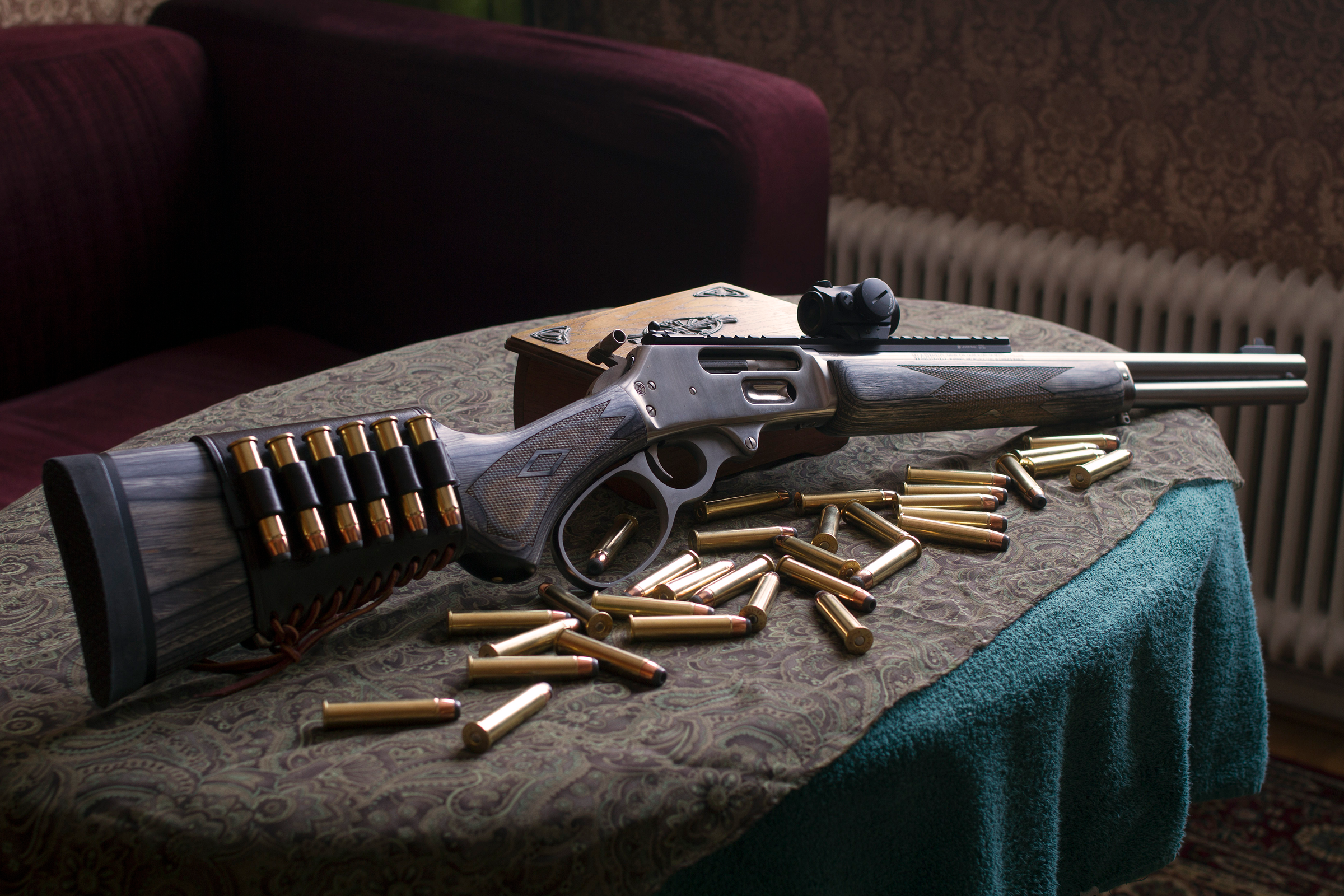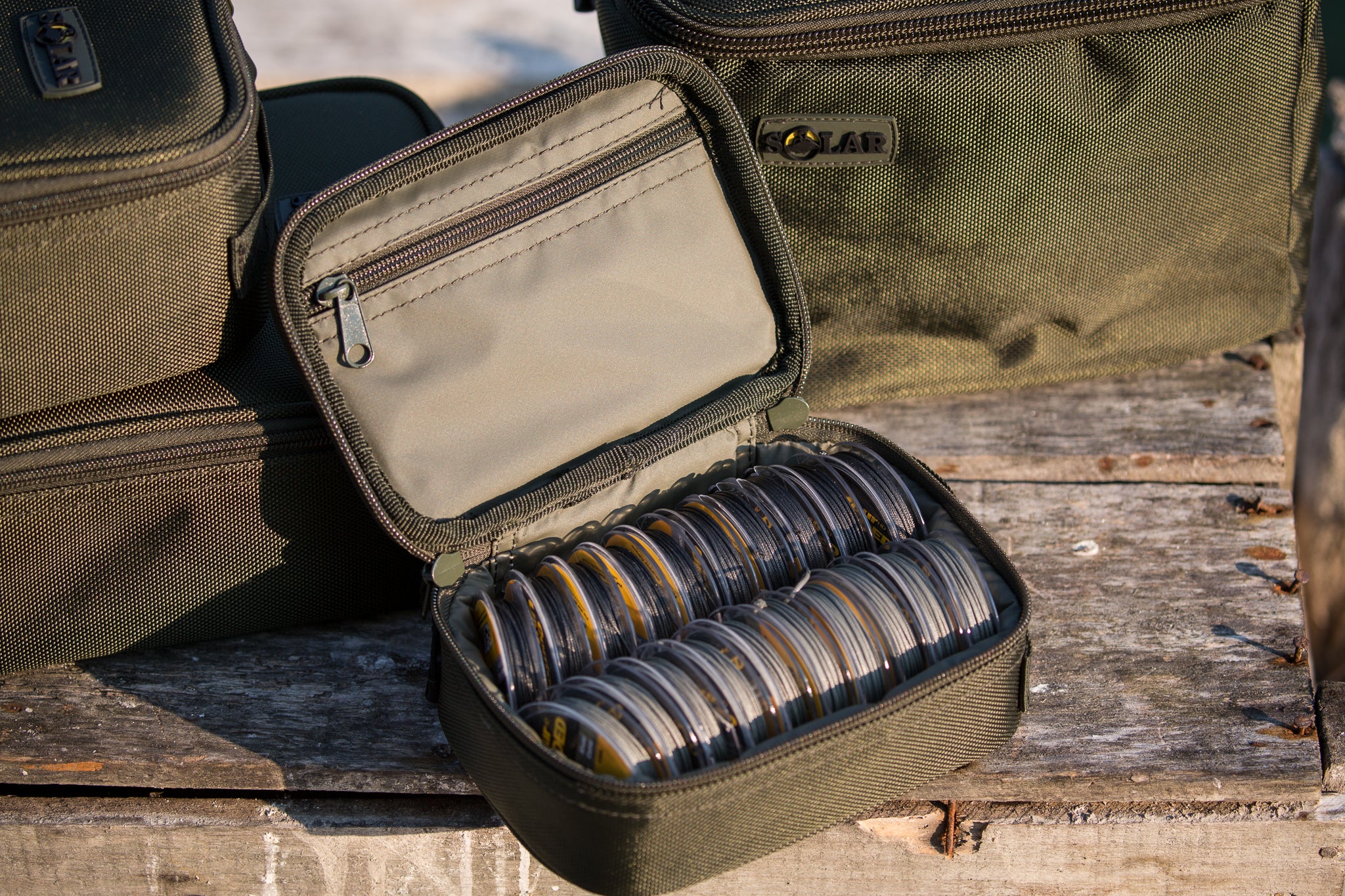Fishing reels
Fishing reels are an essential piece of equipment for any angler. These devices are used to hold and retrieve fishing line, and they come in a wide variety of designs and styles to suit different types of fishing. Whether you're a beginner or an experienced angler, understanding the different types of fishing reels and how to use them can help you to improve your fishing experience.

Fishing reels
Spinning reel
One of the most common types of fishing reels is the spinning reel. This type of reel is easy to use and is perfect for beginners. It's also great for casting in open water and for catching a variety of fish species. Spinning reels are available in different sizes, from small to large, which can be used for different types of fishing.
Baitcasting reel
Another common type of fishing reel is the baitcasting reel. This type of reel is more advanced and requires more skill to use. Baitcasting reels are typically used by experienced anglers and are designed for catching larger fish. They are also great for fishing in freshwater, saltwater, and heavy cover.
Fly fishing reel
A third type of fishing reel is the fly fishing reel, which is designed for fly fishing. Fly fishing is a type of fishing that uses lightweight lures, and the reel is used to control the line and retrieve the fish. Fly fishing reels come in different sizes and designs, and they are often made of lightweight materials such as graphite or aluminum.
How to choose a fishing reel?
When choosing a fishing reel, it's important to consider the type of fishing you will be doing and the size of the fish you will be catching. You should also consider the quality of the reel, as this will affect its performance and longevity. Look for reels that are made from high-quality materials and have a smooth drag system. It's also a good idea to purchase reels from reputable manufacturers or brands.

In addition to choosing the right reel, it's also important to maintain it properly. This includes cleaning it after each use, lubricating the moving parts, and keeping it dry when not in use. This will help to ensure that your reel continues to function smoothly and last a long time.























